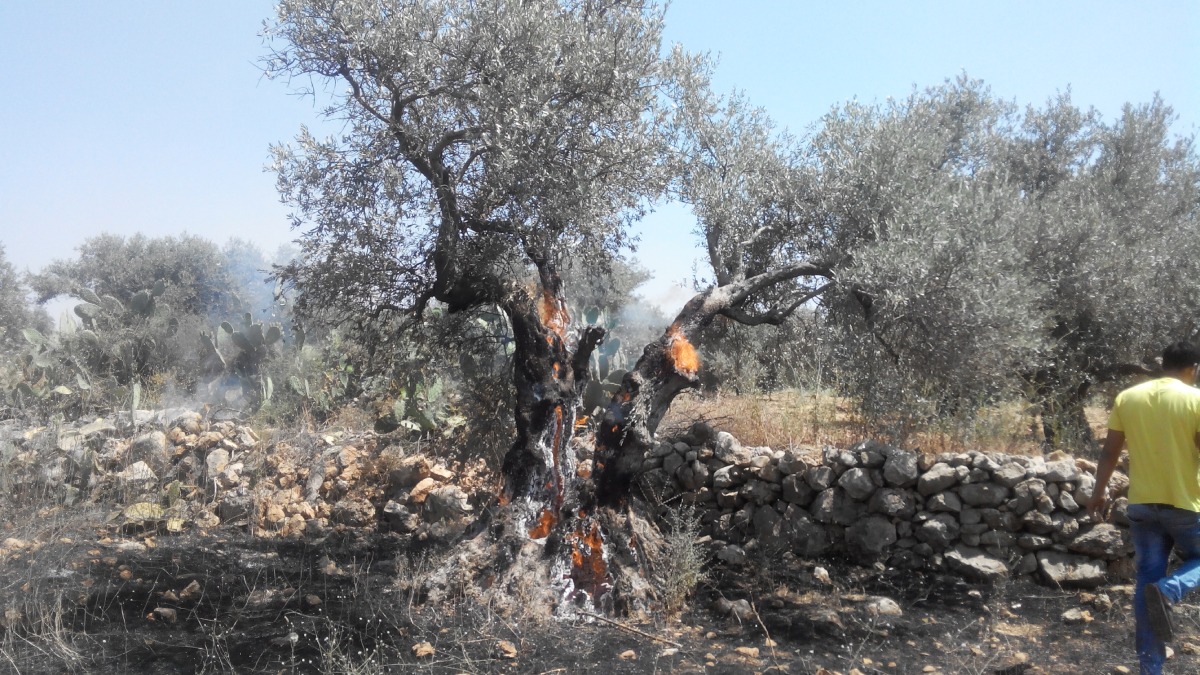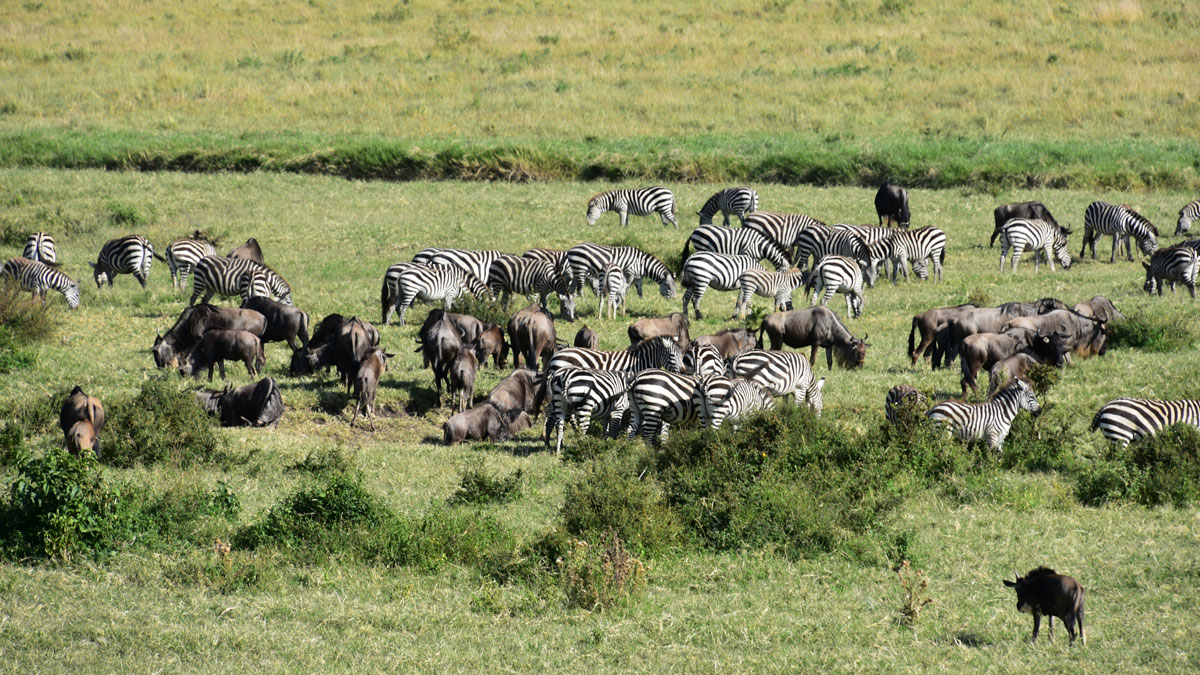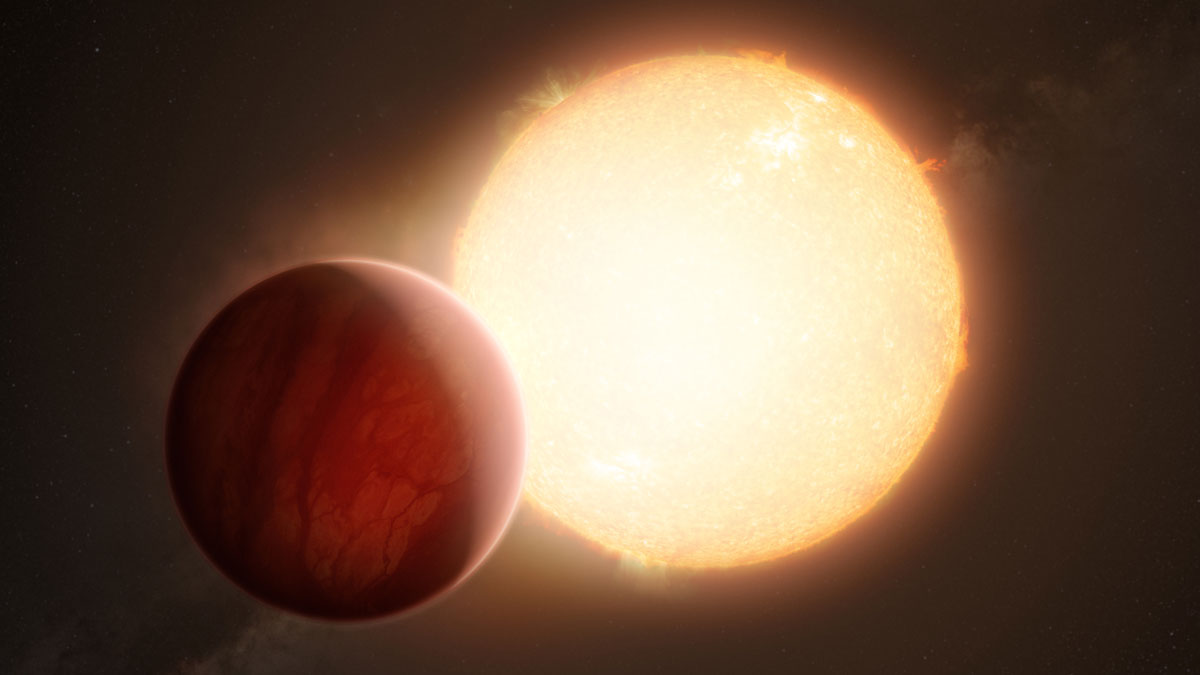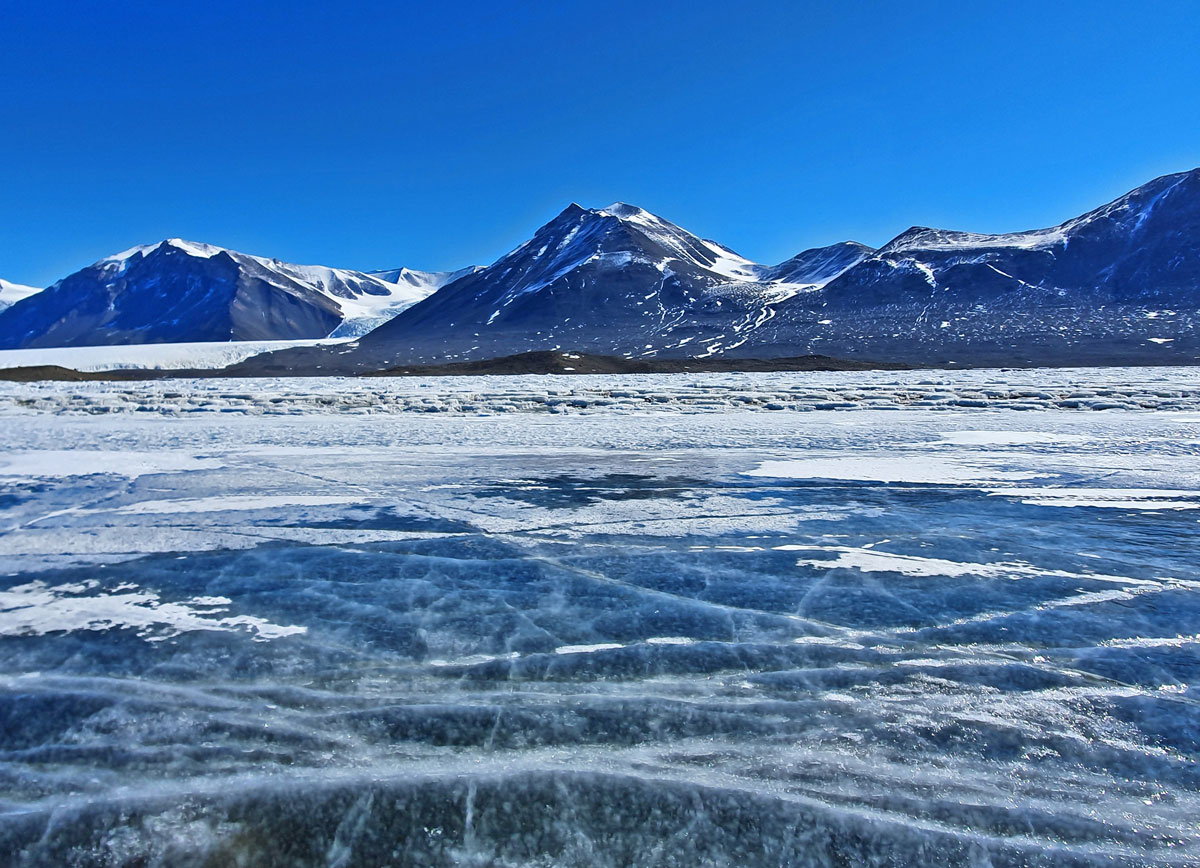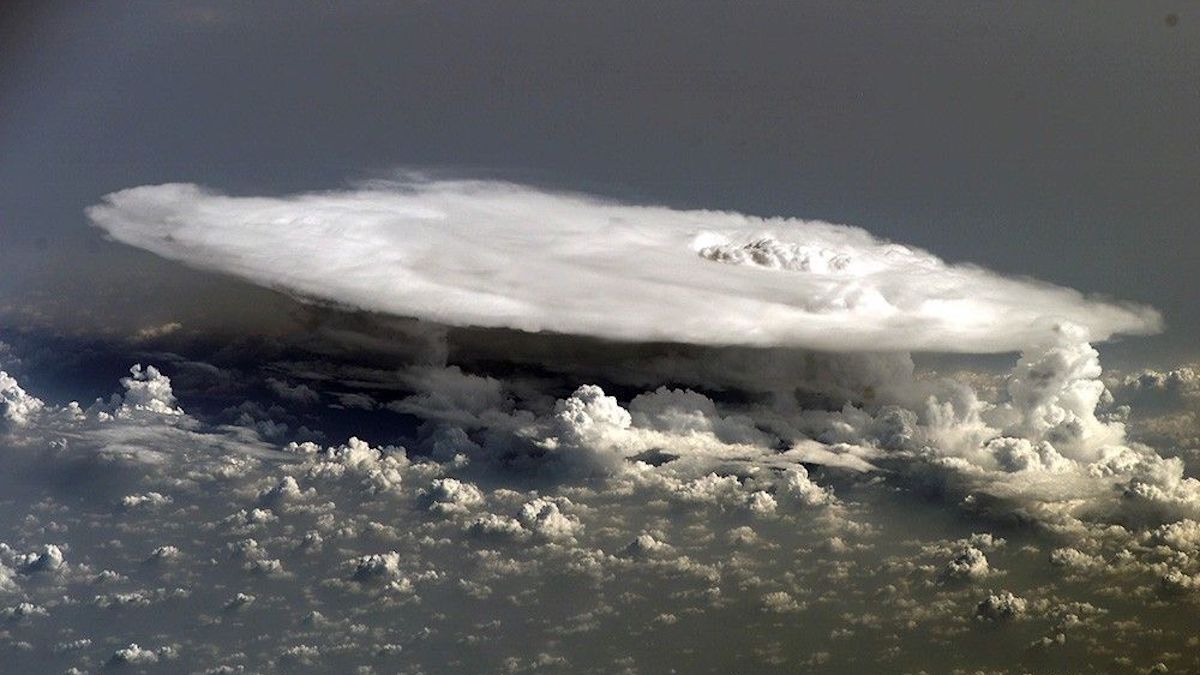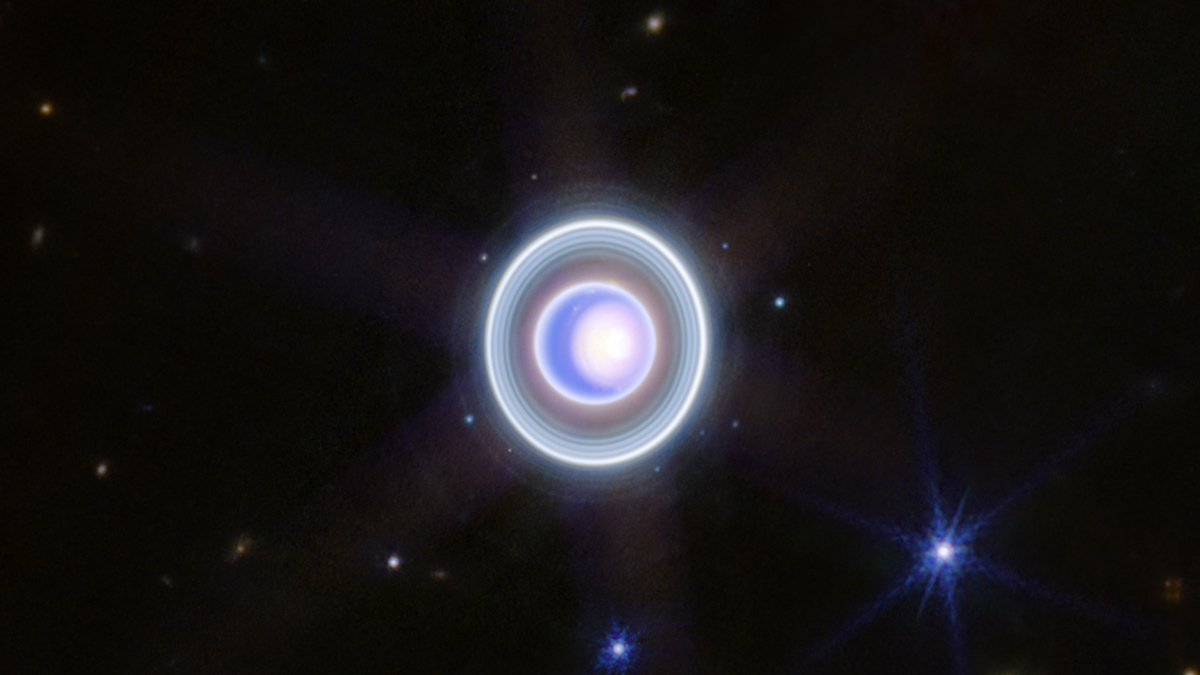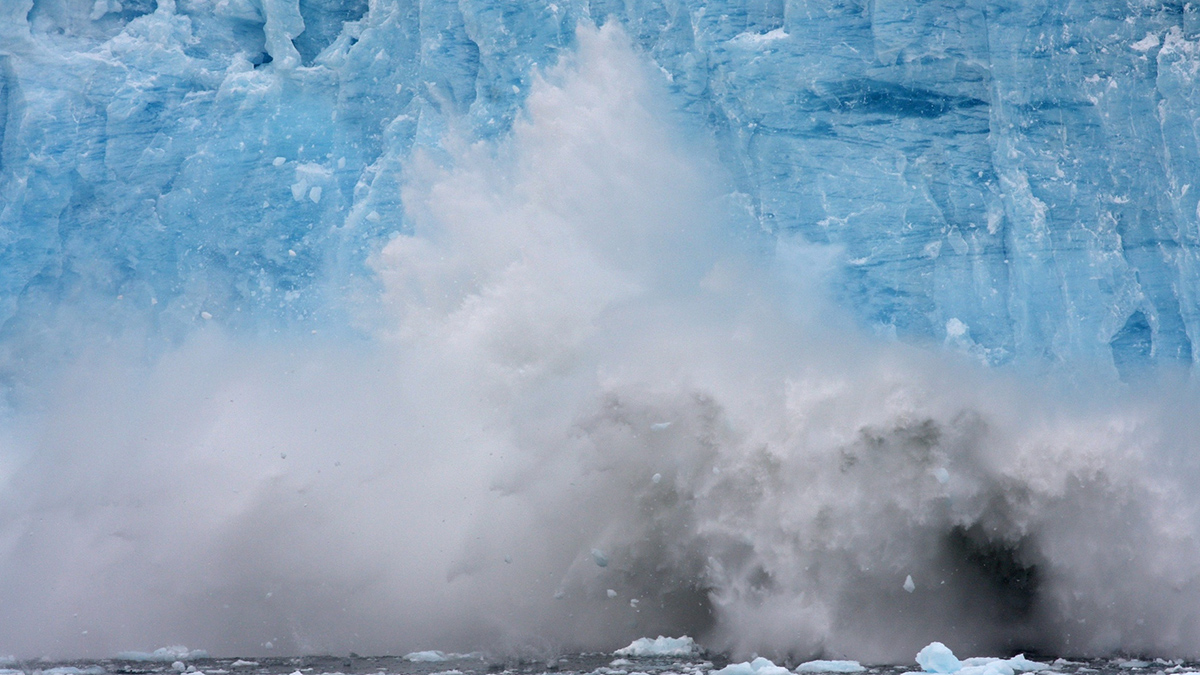New research in North Africa is validating calls for communal rain prayers as a means of tracking droughts in the region.
News
98% of Gaza’s Tree Cropland Destroyed by Israel
Maps based on remote sensing analysis could inform remediation efforts by identifying whether agricultural lands were damaged by bombs, debris, or forced displacement of its caretakers.
Tracing Fire, Rain, and Herbivores in the Serengeti
Increasing amounts of rain fuel grass growth across the ecosystem and, consequently, the cycles of wildfire and animal migration.
Planet-Eating Stars Hint at Earth’s Ultimate Fate
A sampling of aging Sun-like stars demonstrates that they likely eat their closest planets.
Fungi, Fertilizer, and Feces Could Help Astronauts Grow Plants on the Moon
A new study offers tantalizing evidence that filamentous fungi extending from roots, along with treated astronaut waste, could provide sufficient scaffolding to help plants grow in planetary regolith.
The Land Beneath Antarctica’s Ice Might Be Full of Water
Seismic surveys hint at the extent of a potential groundwater system in the White Continent.
Some Summer Storms Spit Sooty Particles into the Stratosphere
Earth’s typically pristine stratosphere is filling with particles from wildfires and additional moisture due to strong convective storms.
Uranus’s Small Moons Are Dark, Red, and Water-Poor
…Except for Mab, which is even weirder than expected.
Glacier Runoff Becomes Less Nutritious as Glaciers Retreat
Sediment from retreating, land-terminating glaciers contains proportionally fewer micronutrients such as iron and manganese, reducing the glaciers’ value to microorganisms at the base of the food web.
En algunas partes de la Amazonia brasileña, la ciencia lidera la lucha contra los incendios forestales
El estado de Acre utiliza la ciencia para optimizar sus limitados recursos para monitorear y combatir los incendios forestales y la destrucción ambiental.


